First Nations people have been the custodians of the lands, waterways and skies of the Australian continent for tens of thousands of years. Aboriginal and Torres Strait Islander Australia is made up of over 250 Aboriginal and Torres Strait Islander language groups and over 800 dialects. Each of these groups have their own distinct culture, spiritual beliefs, customs and laws and only the Traditional Custodians of each of these groups can speak for and welcome visitors to their Country.
Central to Aboriginal and Torres Strait Islander cultures is Country, which reflects the spiritual and physical relationship between people and the land, waterways and natural features. It’s a reciprocal relationship and the connection First Nations people feel to Country may be a difficult concept for non-First Nations people to grasp. Country is spoken of by First Nations people like a person and this is largely due to respect - while the land sustains and provides for the people, people manage and sustain the land through culture and ceremony.
So why should we learn whose Country we are on? Educating ourselves about Traditional Owners is a way of showing respect and acknowledgement of the ownership and stewardship that First Nations people have of Country, an important preliminary step towards reconciliation.
In some areas of Australia, the Traditional Owners are well known and therefore it is relatively straightforward in identifying whose Country you are on. In other areas, due to the ongoing effects of colonisation and racism amongst many other factors, language and culture was lost and therefore, it requires more research to identify the Traditional Owners. The preservation of these language groups begins first with identification so here are a couple of helpful ways and resources to identify the Traditional Custodians in your area:
1. Visit your local Aboriginal Land Council
Aboriginal Land Councils support First Nations communities in preserving their land rights and the returning of culturally significant land to Traditional Owners. Elders and members of community are often part of Land Councils and are therefore, reliable sources for seeking information about the Country you are on. If you can’t locate your local Aboriginal Land Council, then you can visit your local metropolitan or regional council. They will do their best in obtaining the relevant information for you, however it is important to note that in some areas, Aboriginal people are not adequately represented in their council.
2. AIATSIS Map of Indigenous Australia
The AIATSIS map of Indigenous Australia outlines the different languages and nation groups of the Aboriginal and Torres Strait Islander peoples of Australia. For tens of thousands of years, First Nations people lived on the lands with very different boundaries than today, centred on intimate cultural relationships with the land and sea. This map represents those boundaries however it is not at all definitive and the borders represented are purposefully blurred as some of the information is contested and may not be agreed on by some Traditional Custodians.
You can get your hands on an AIATSIS Map here.

3. Check the mail
Australia Post has recently allowed for Traditional Place names to be used in mailing address fields to acknowledge the Traditional Custodians of the lands your items are being sent from and being delivered to. You can ask the staff at your local post office to match your postcode to the Traditional Place name. Some regional areas however have postcodes that span over a large amount of land and the postcode could include areas that belong to several Traditional Owners. Therefore, across much of Australia, it isn’t possible to match postcodes to Traditional Owners.
4. Gambay map
First Languages Australia (FLA) in partnership with local language centres across Australia have developed an interactive map to display and promote the diversity of Aboriginal and Torres Strait Islander languages. The map, titled Gambay, translates to “together” and showcases 780 languages using data contributed from the communities, language centres and speakers to reflect the names and groups favoured by the community.
5. Community events
Attend local Aboriginal or Torres Strait Islander community events throughout the year. There are many significant events for First Nations people that document the history of fighting for rights, land and recognition as well as events that remember the immense sadness, loss and displacement in communities as a result of colonisation. Some of these days include National Reconciliation Week (27 May - 3 June), Mabo Day (3 June) and NAIDOC Week (7 - 14 July).
By attending events within your community around these significant dates, you’re showing support and respect for Aboriginal and Torres Strait Islander people as well as opening yourself up to education and conversations with the community about their Country, culture and history.





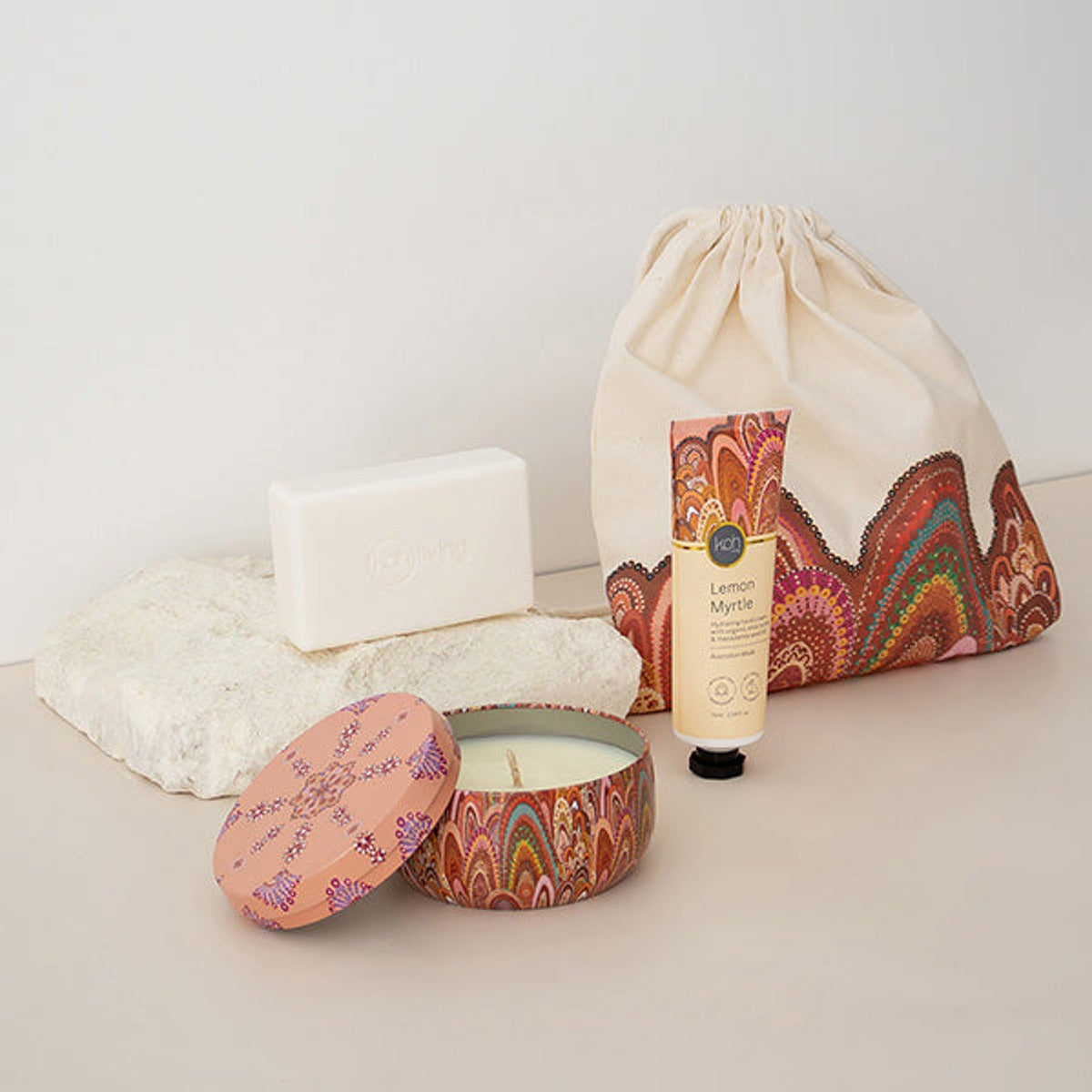
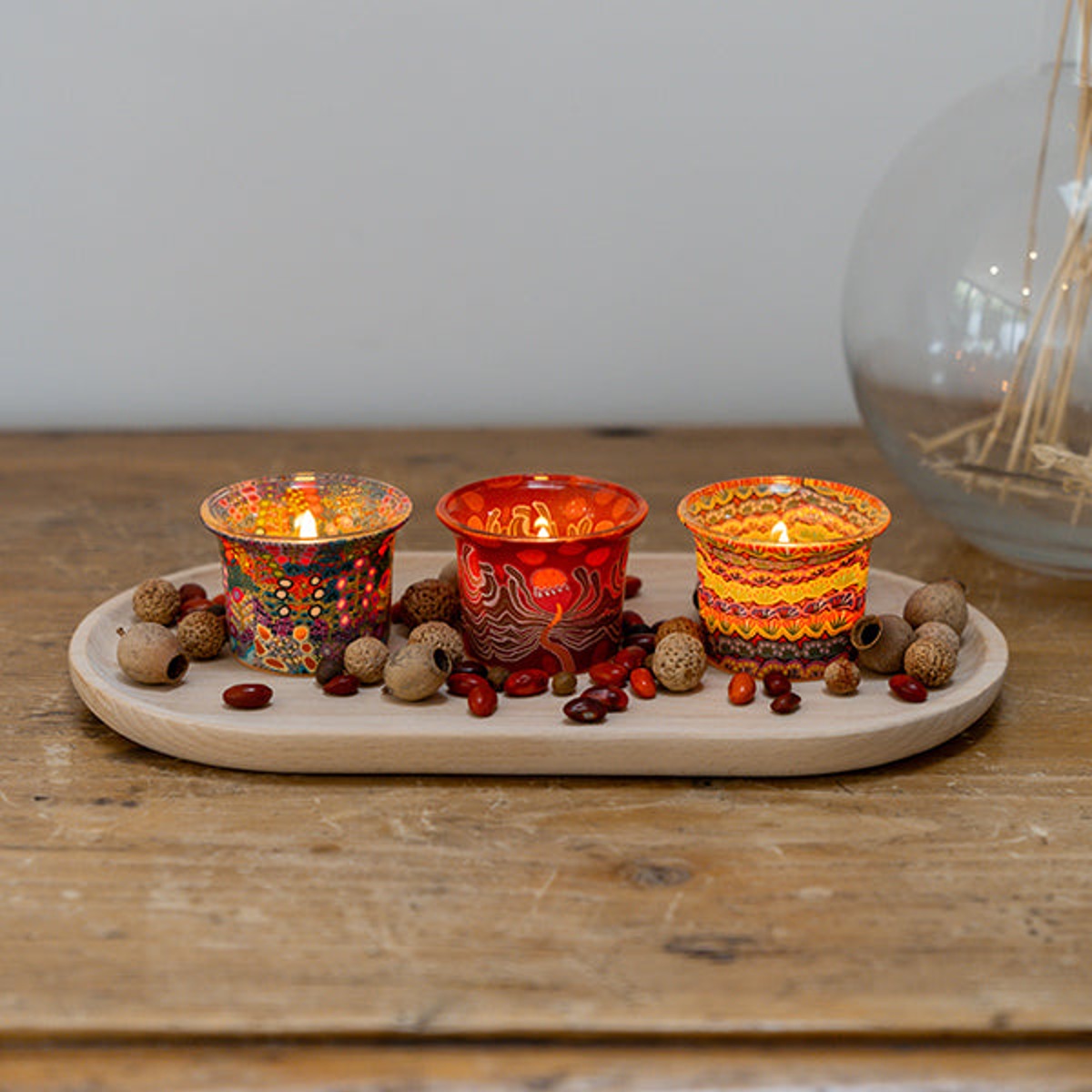

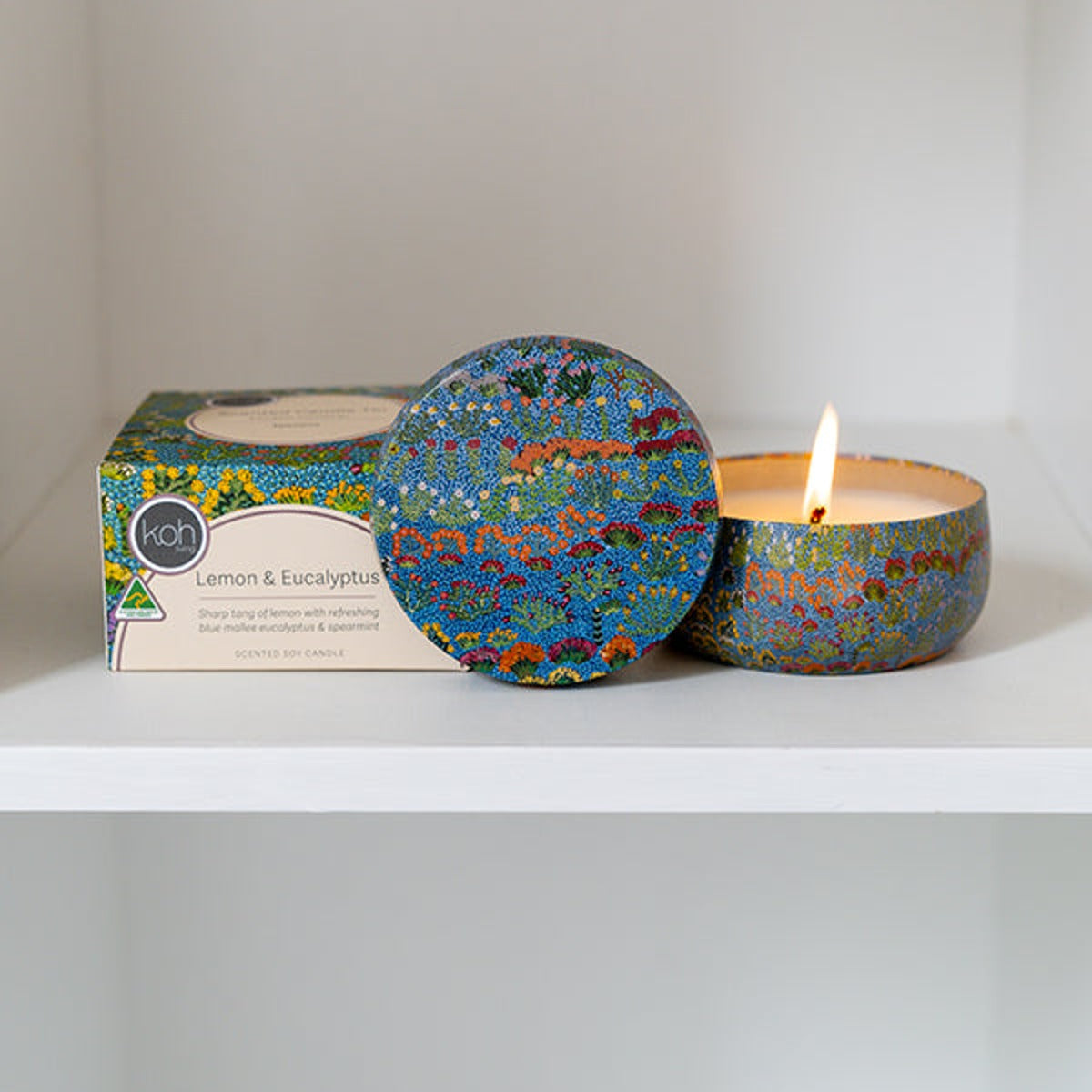
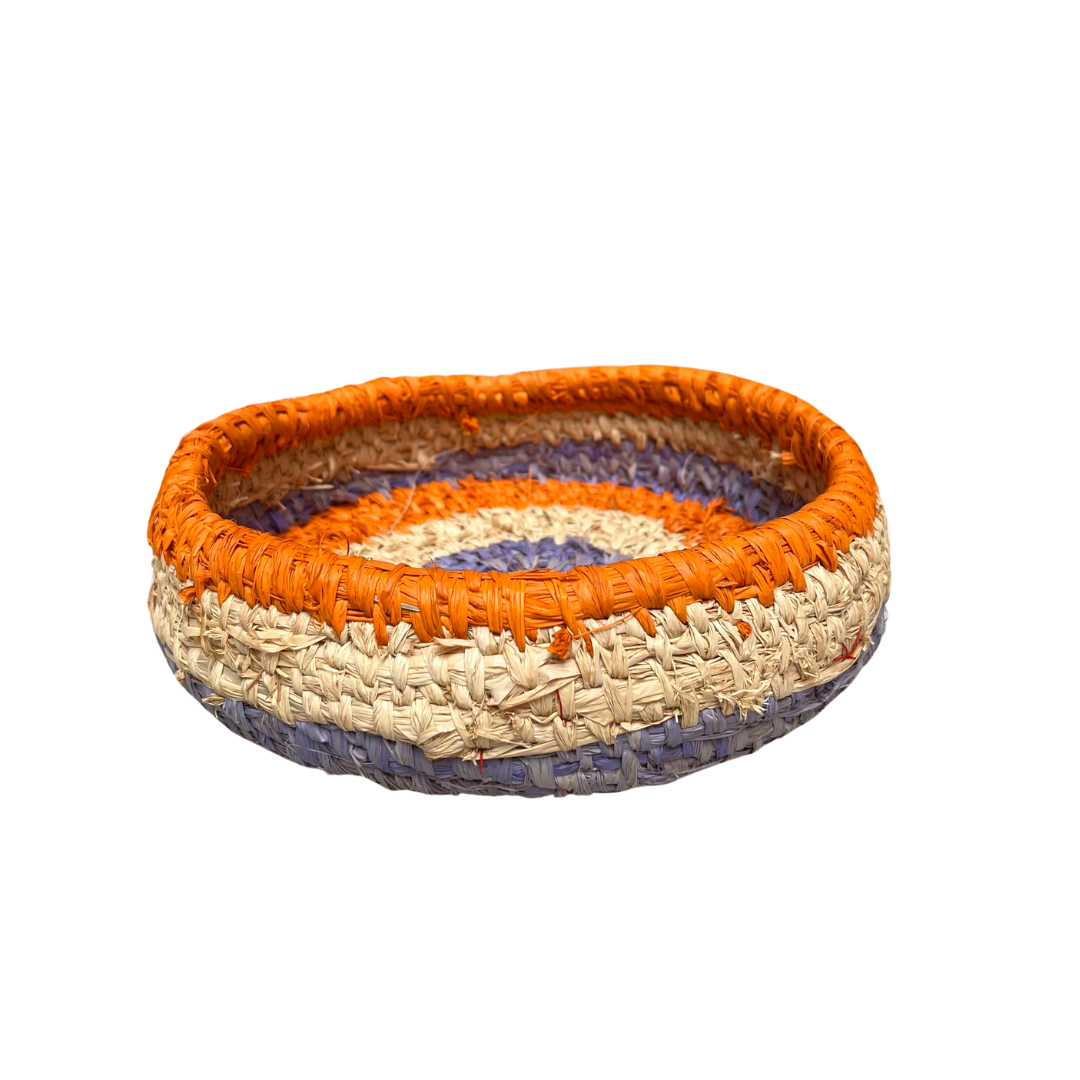
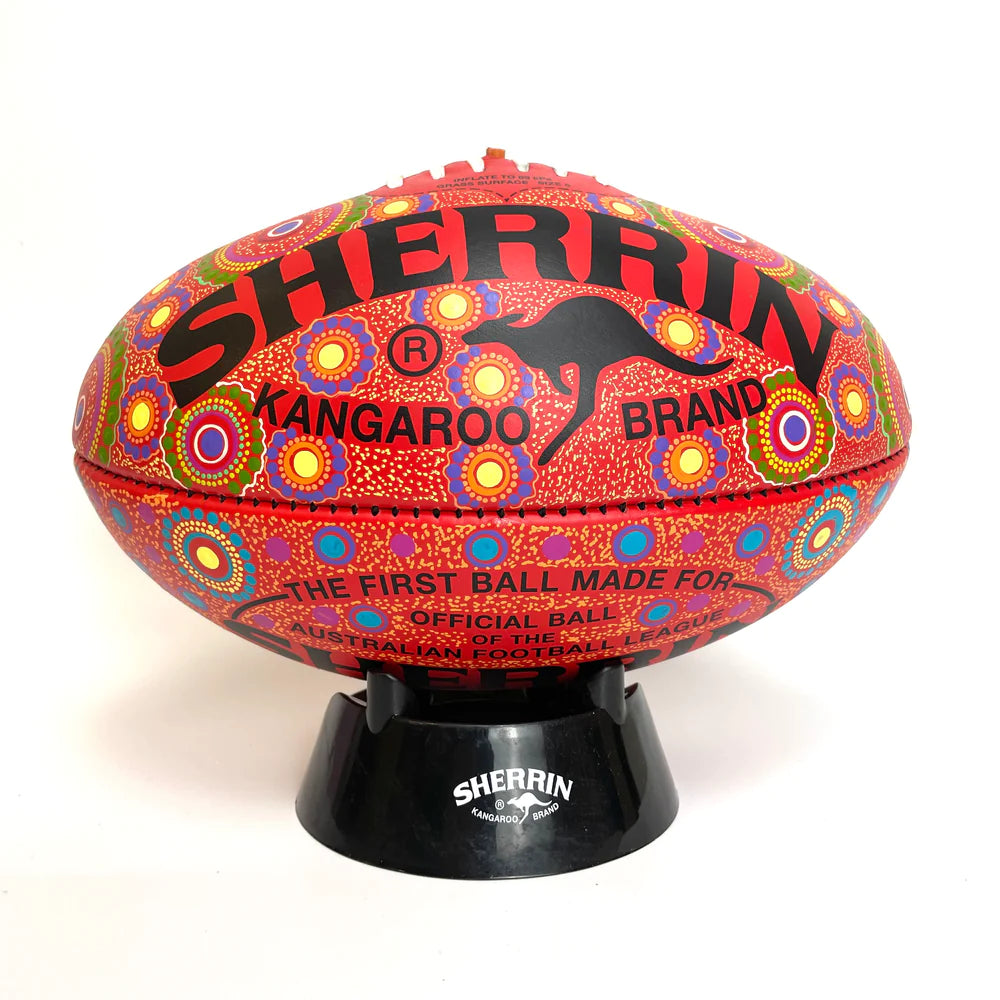
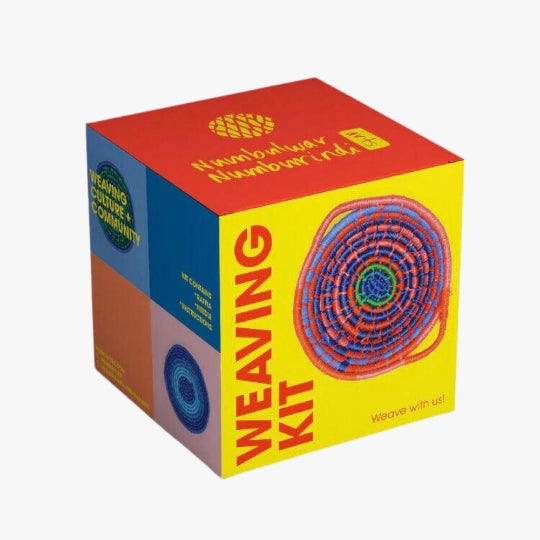


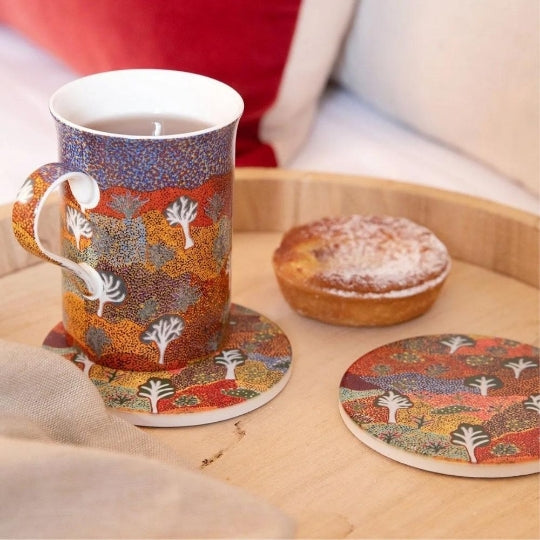
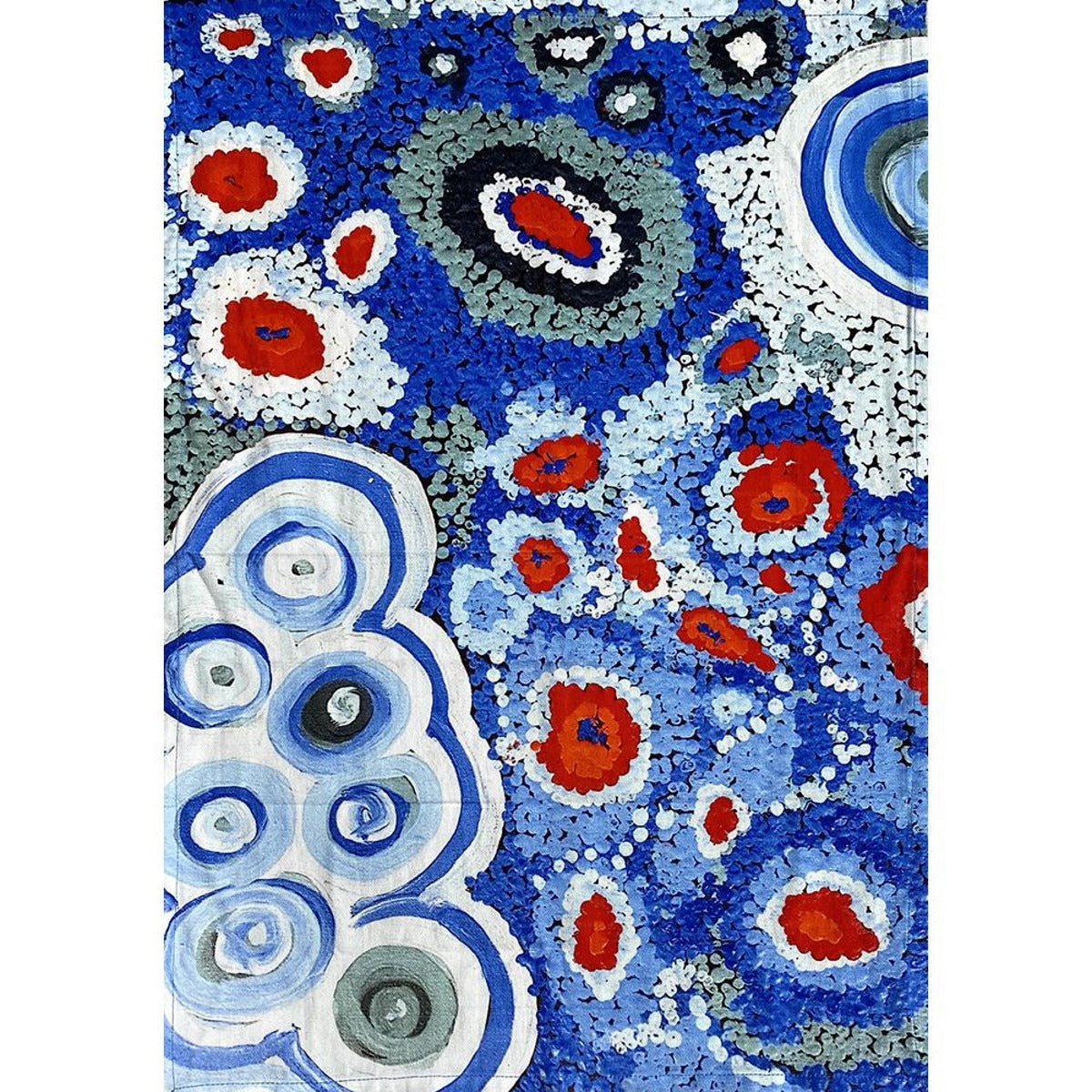

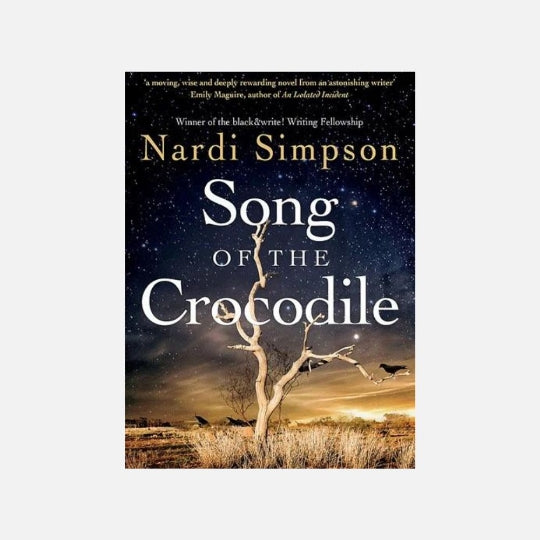

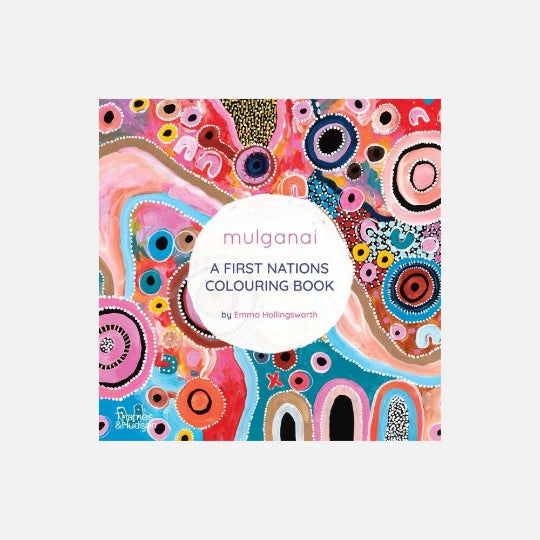


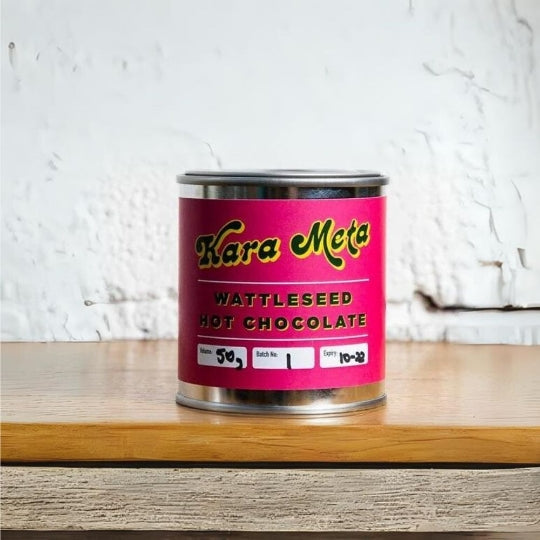
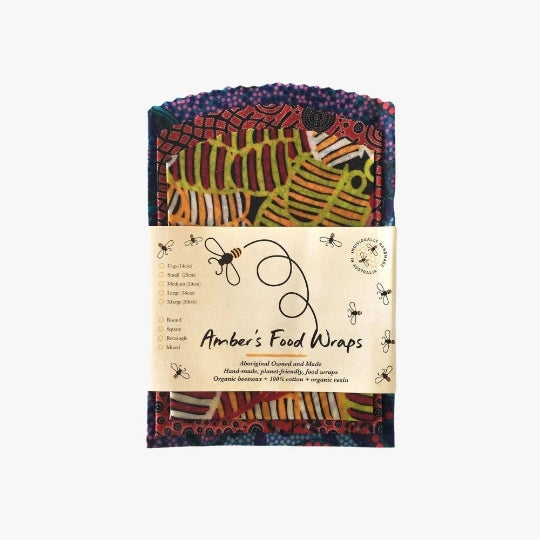
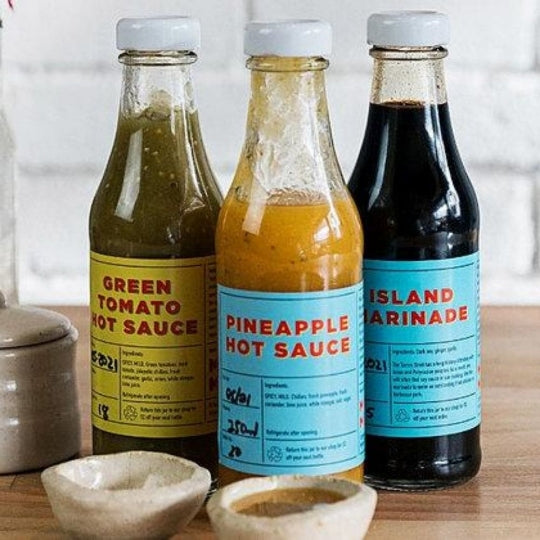

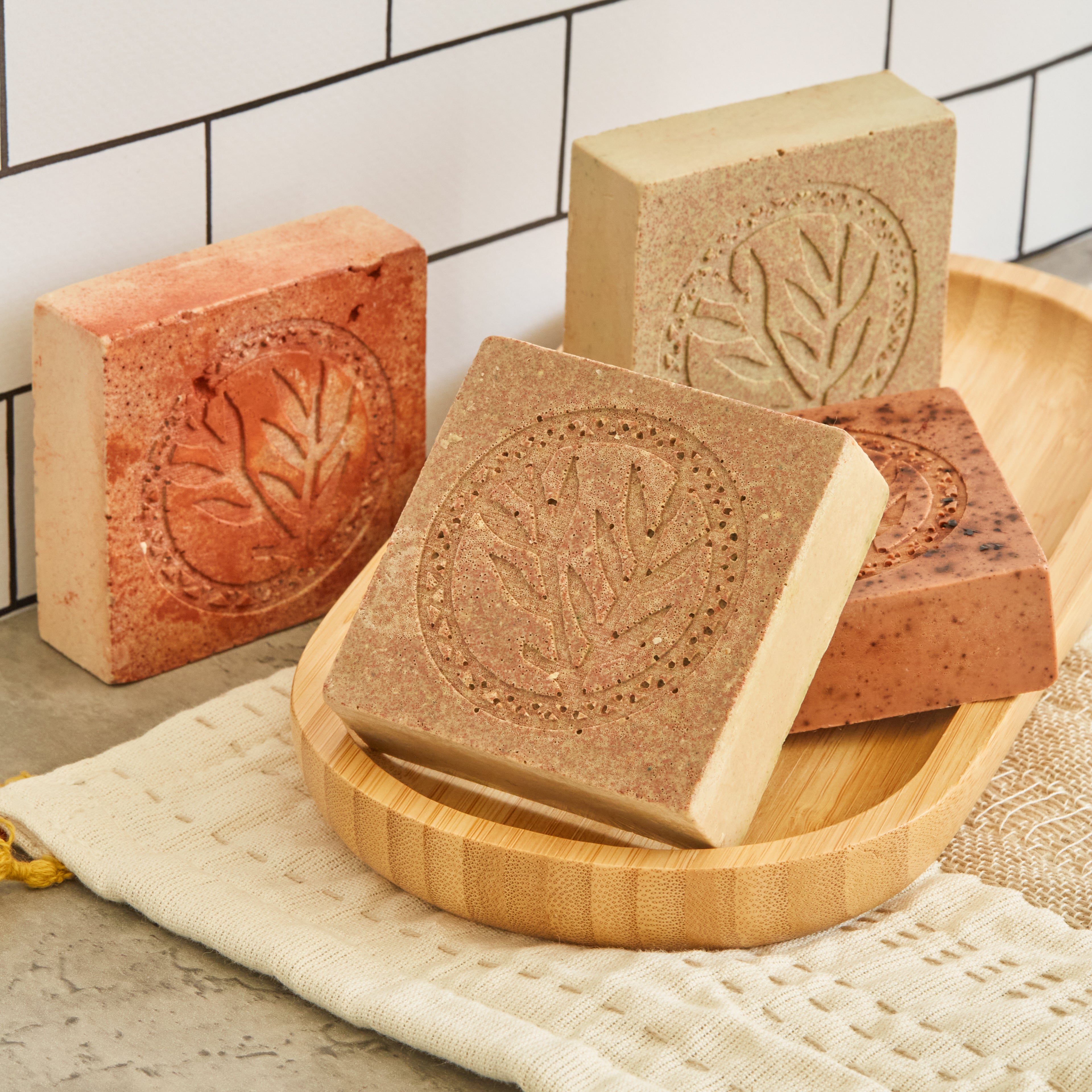




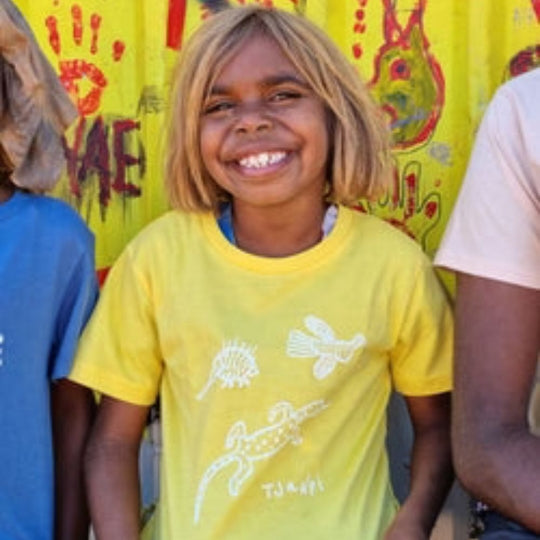
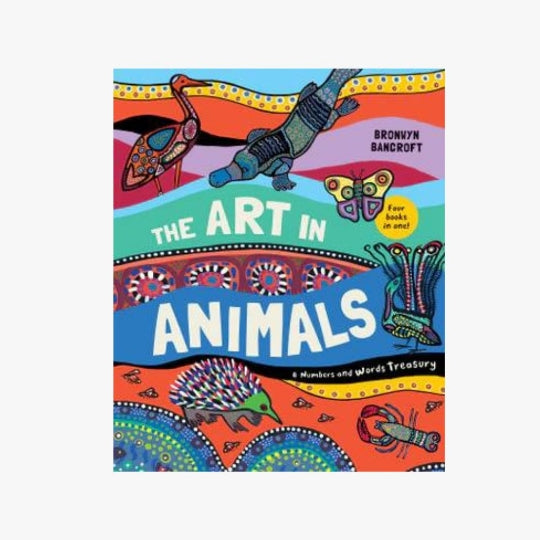


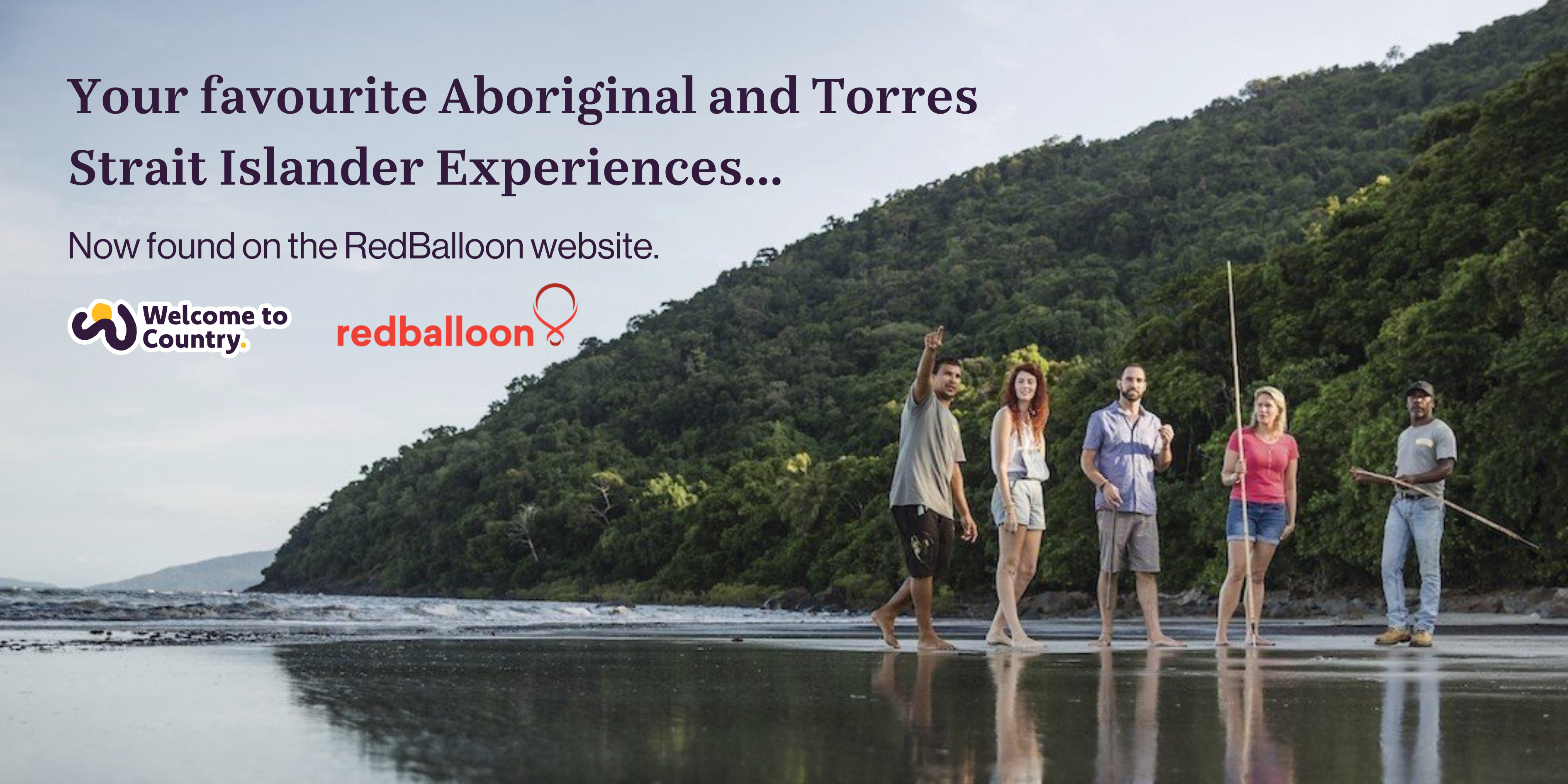
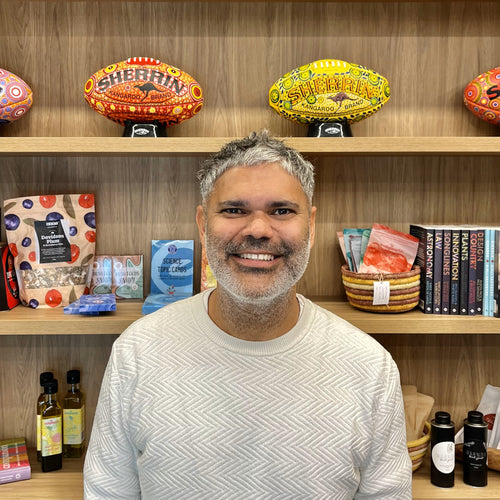

Leave a comment
This site is protected by hCaptcha and the hCaptcha Privacy Policy and Terms of Service apply.